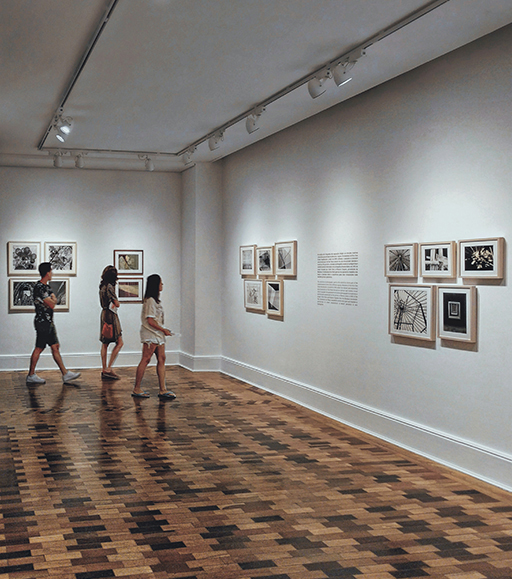3.4 Interpretivism
The conflict between positivism and interpretivism dates from at least the middle of the nineteenth century, although it emerged within the field of educational research and in childhood and youth studies during the second half of the twentieth century.

Interpretivism’s starting point is its insistence on differentiating between the nature of the phenomena investigated by the natural sciences and the nature of those studied by historians, social scientists, childhood and youth and educational researchers. In the next section you’ll look at some of the features of interpretivism.
